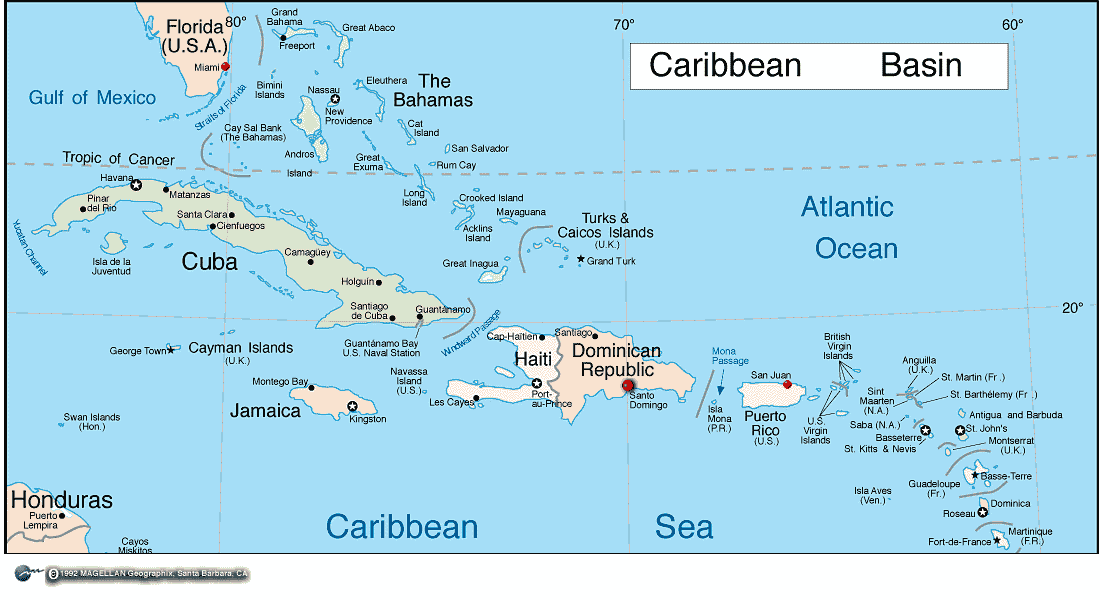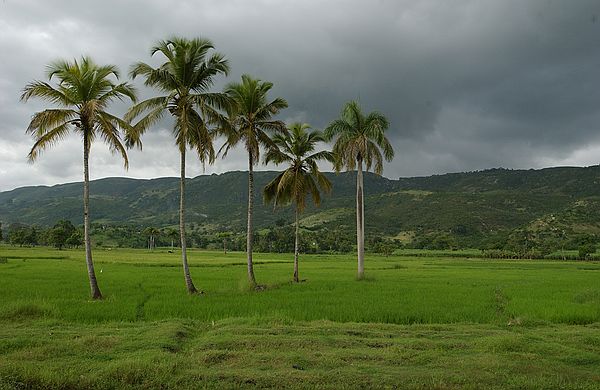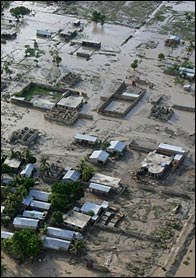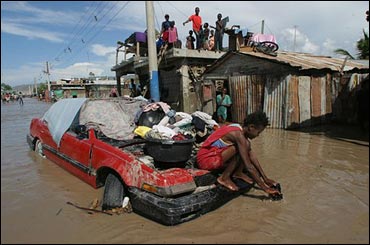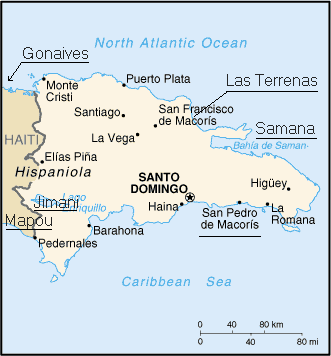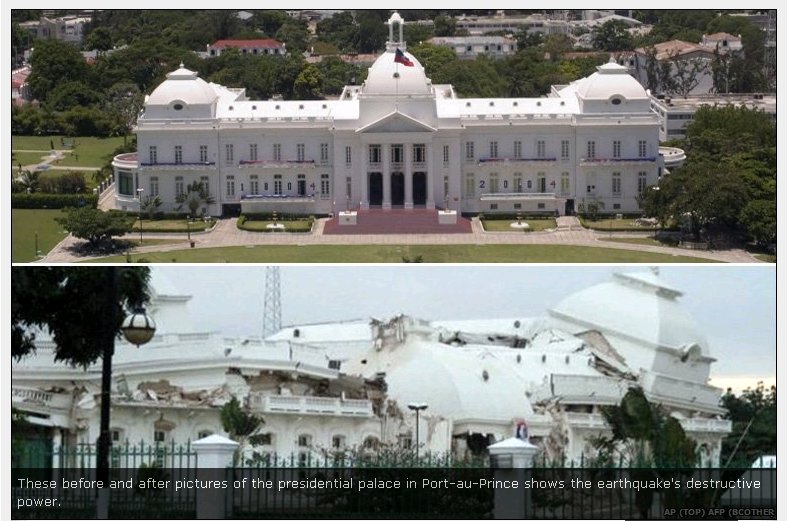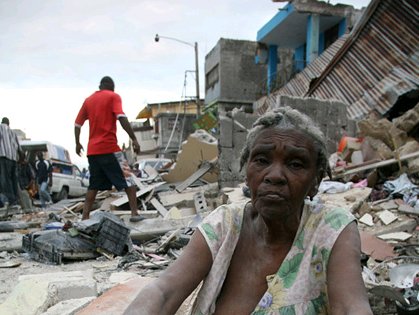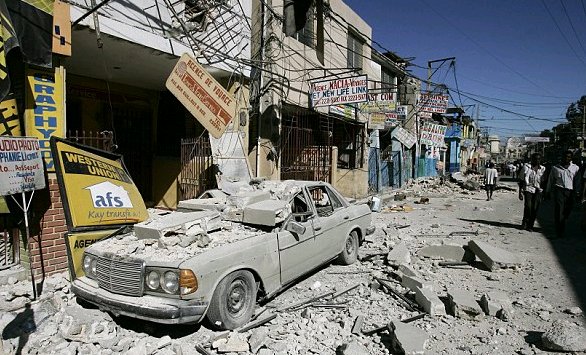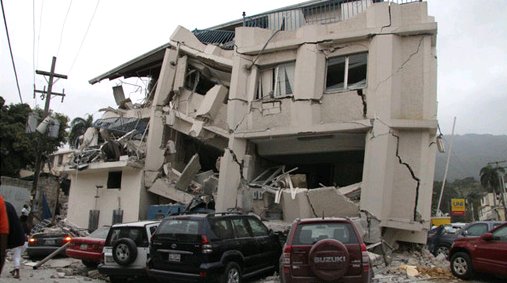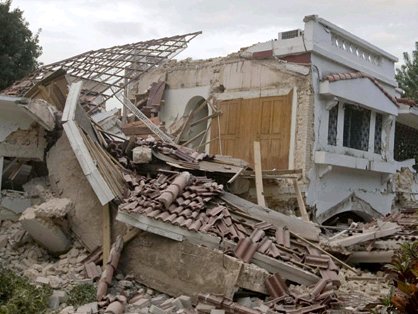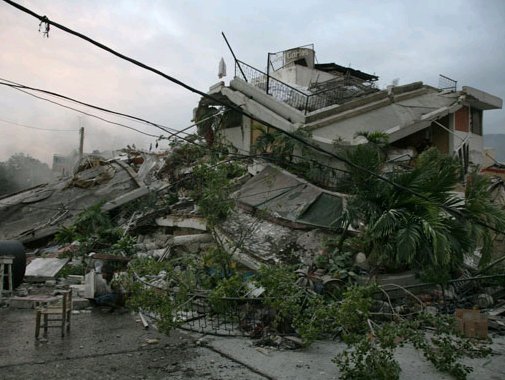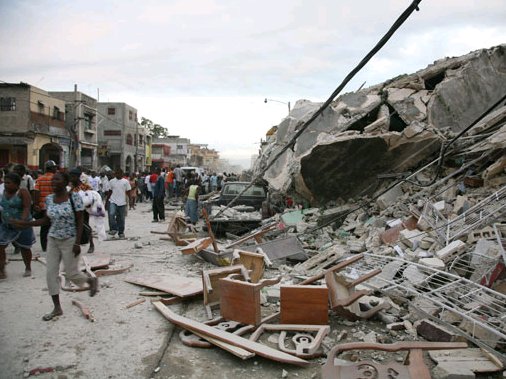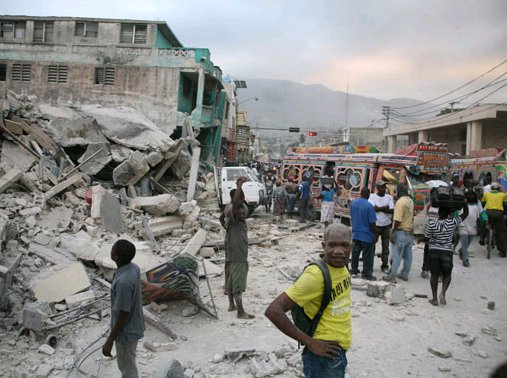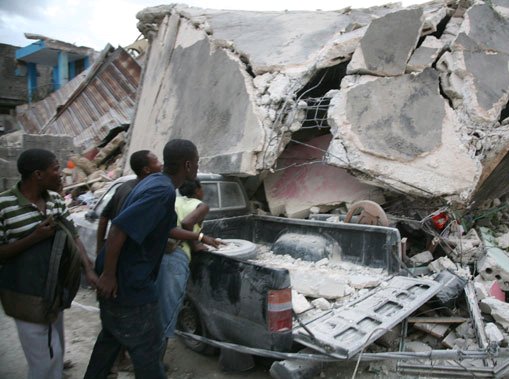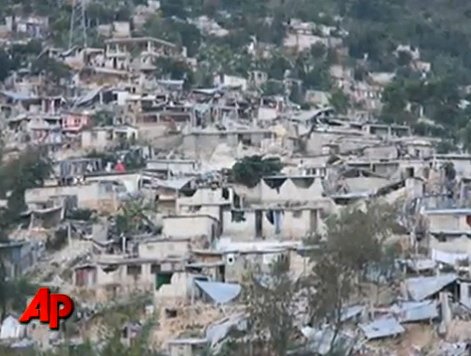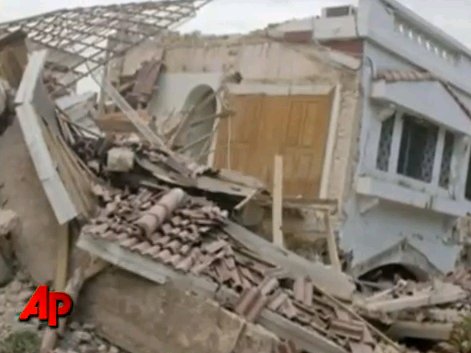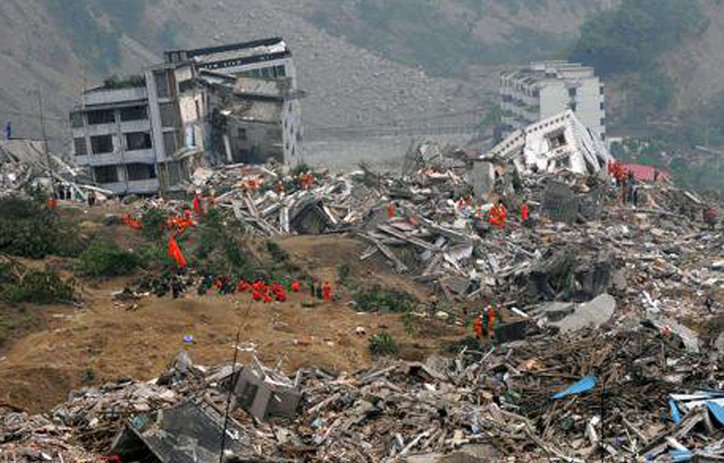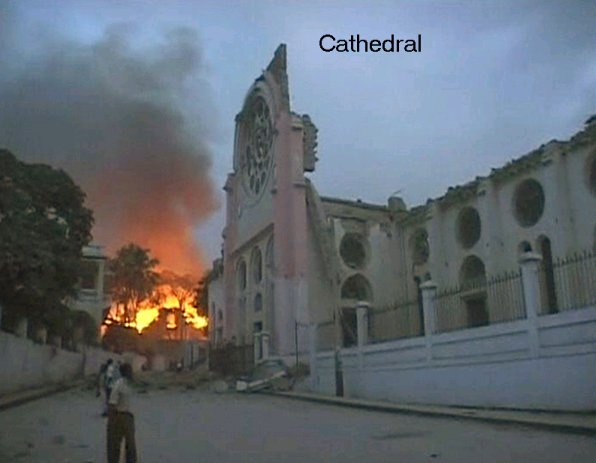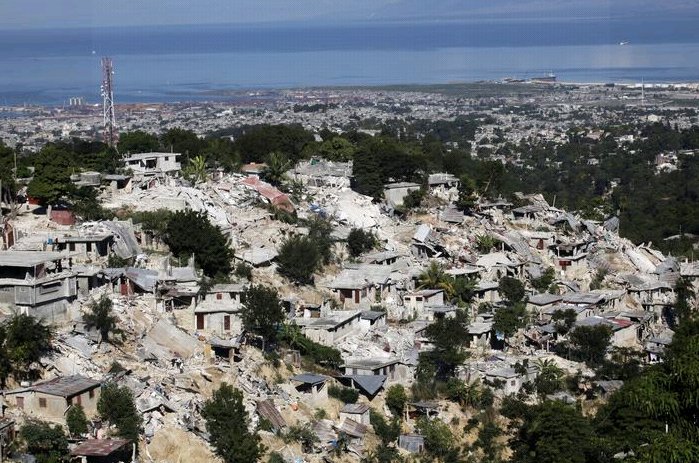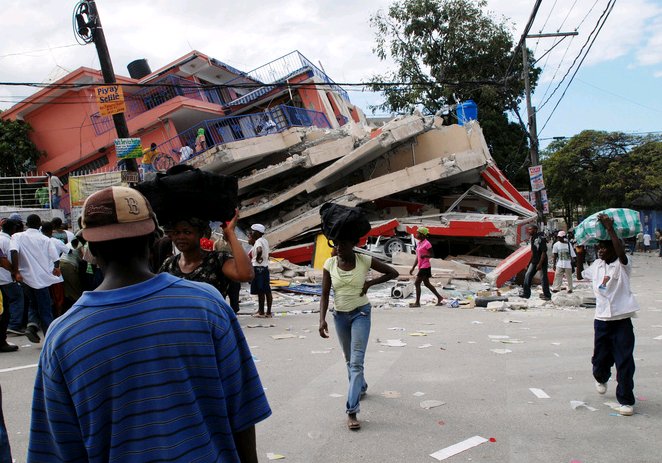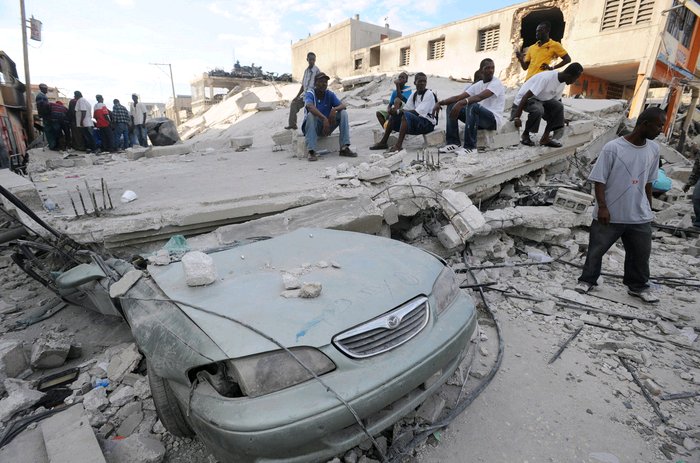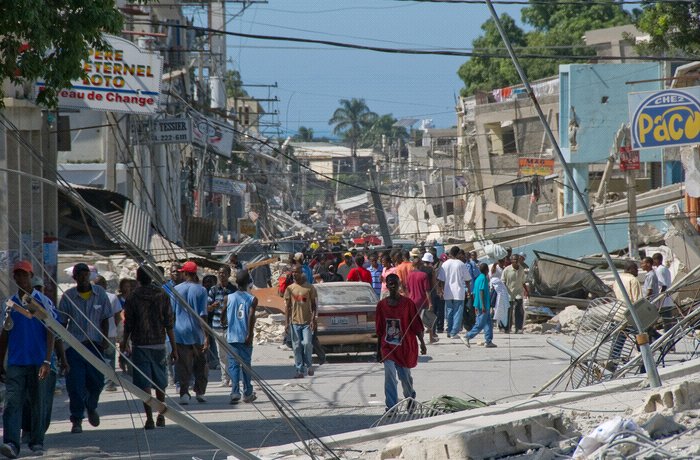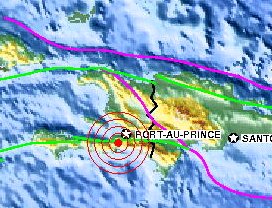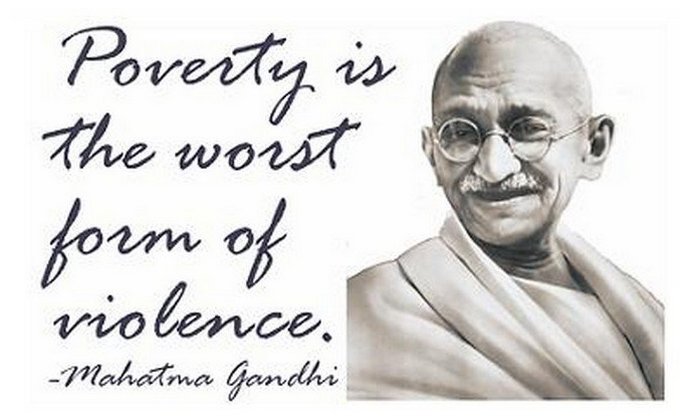Hurricane and
Earthquake Relief
January 2010 Update: If you have already seen this page before, please read my 2010 update, in the lower half of this webpage, about the 7.0 earthquake that ravaged Port au Prince, the capital of Haiti.
Read the update from September, 2008, on the BBC website, about the damage caused by Hurricane Gustav and Hurricane Hanna to Haiti. There was also considerable damage in the Dominican Republic (video).
When Hurricane Georges crossed the island of Hispaniola in 1998 from the southeast to the northwest corners, it destroyed all the agriculture, many homes, roads, power lines, and most bridges. Tourist destinations were also damaged, affecting one of the country's most important exports. Damage around Santo Domingo and Santiago was repaired, but the rest of the island was left to fend for itself. Agriculture is the only source of income for most rural people there and it took several years for people to recover.
In the summer of 2004, four hurricanes devastated much of Florida and caused major flooding damage in eastern parts of the United States, all of which have been covered in detail by the media. However, much less attention was paid to other damaged areas outside the United States, except for the Haitian city of Gonaives. See photos below.
In May of 2004 there was major flooding in the southwestern Dominican town of Jimani and the Haitian town of Mapou, which was covered in the news because many people died there. The river overflowed and washed away most of Jimani. On the Haitian side of the border, the damage was even more severe.
On September 17 and 18 of 2004, tropical storm Jeanne damaged the southeastern town of San Pedro de Macoris, Samana, Las Terrenas (further North), and the Haitian city of Gonaives in the northwestern part of the island. This means that the upper two thirds of the island was ravaged by wind damage and flooding, just a few months after the southwestern part of the island was ravaged by flooding. In other words, most of the island has been damaged, a fact not mentioned by the media, who appear not to notice much unless there are many fatalities.
While the United States can recover relatively quickly from the damage suffered this year, since President George W. Bush asked Congress for $7.1bn for disaster relief in Florida and other southern states, increasing to $12.2bn the amount of aid allocated during the current hurricane season, the Dominican Republic and Haiti simply do not have the vast resources available in the United States. Add to this burden the increases in fuel prices and the severe devaluation of the Dominican currency, the Peso, which lost about half its value against the dollar in the last two years.
If every visitor to my website would donate one dollar to help the people of the Dominican Republic and Haiti, over $40,000 would be raised in just one year. Please send one dollar to AmeriCares. They provide monthly shipments of medicine and medical supplies to the island. According to Reliefweb, "for every $100 donated [to AmeriCares], more than $2,800 of aid is created through partnerships and in-kind contributions," so your dollar goes much further. Be sure to include a note saying that you want your dollar to help the people of the Dominican Republic and Haiti.
AmeriCares Foundation, 88 Hamilton Ave., Stamford, CT 06902.
Here are more charities offering help to the island:
The American Red Cross, International Response Fund, P. O. Box 37243, Washington, DC 20013.
UNICEF, 333 East 38th Street, New York, NY 10016.
Doctors Without Borders USA, P.O. Box 1856, Merrifield, VA 22116-8056.
Lutheran World Relief - Caribbean Hurricane Relief, PO Box 17061, Baltimore, MD 21298-9832.
Episcopal Relief and Development, c/o 2004 Hurricane Relief Fund, PO Box 12043, Newark, NJ 07101.
News: Reuters.
eTraining offers free disaster recovery training for volunteers.
Below are images I found on the internet. They show the reality of the situation. The Hispaniola lies between Cuba and Puerto Rico.
